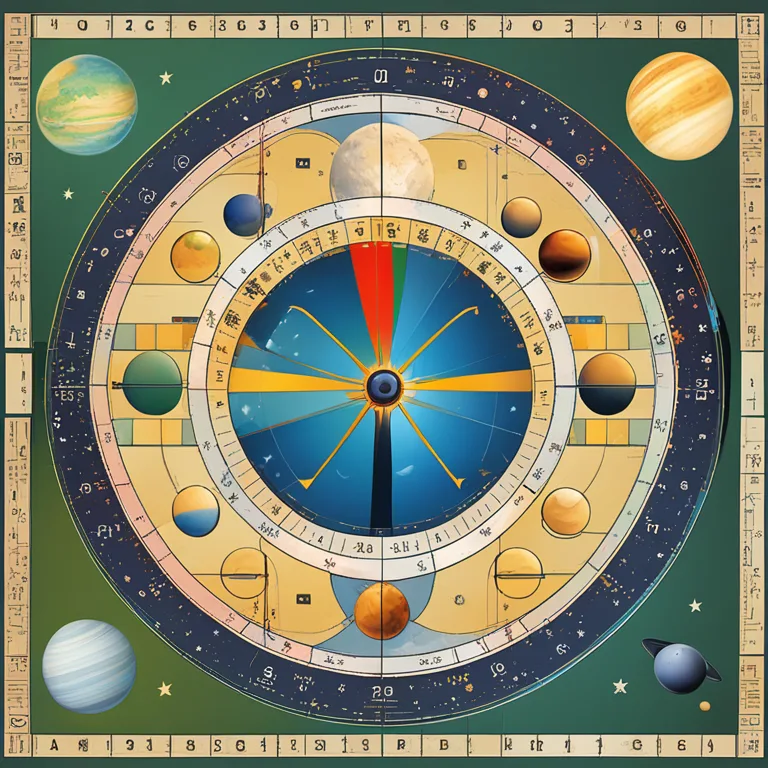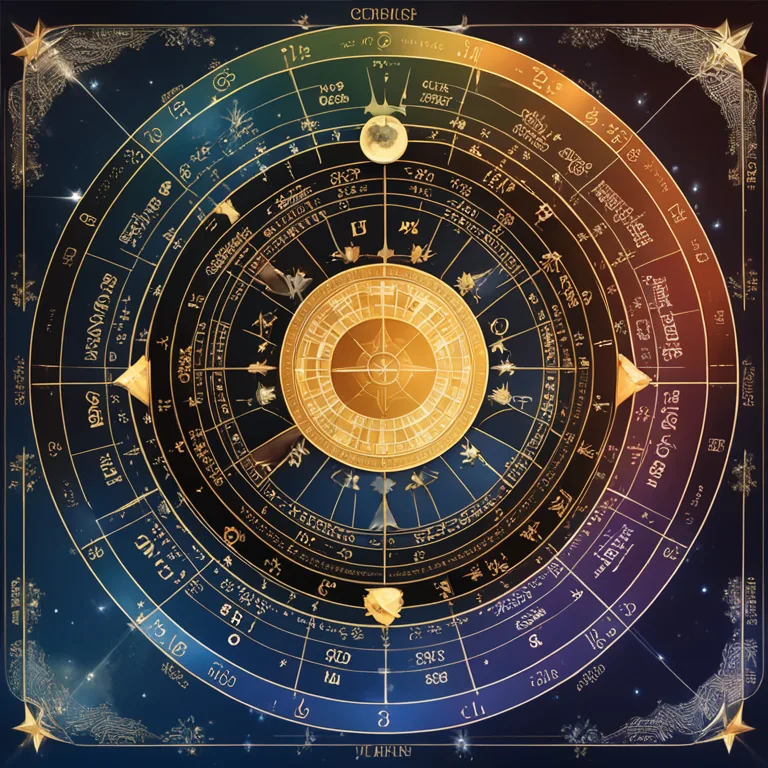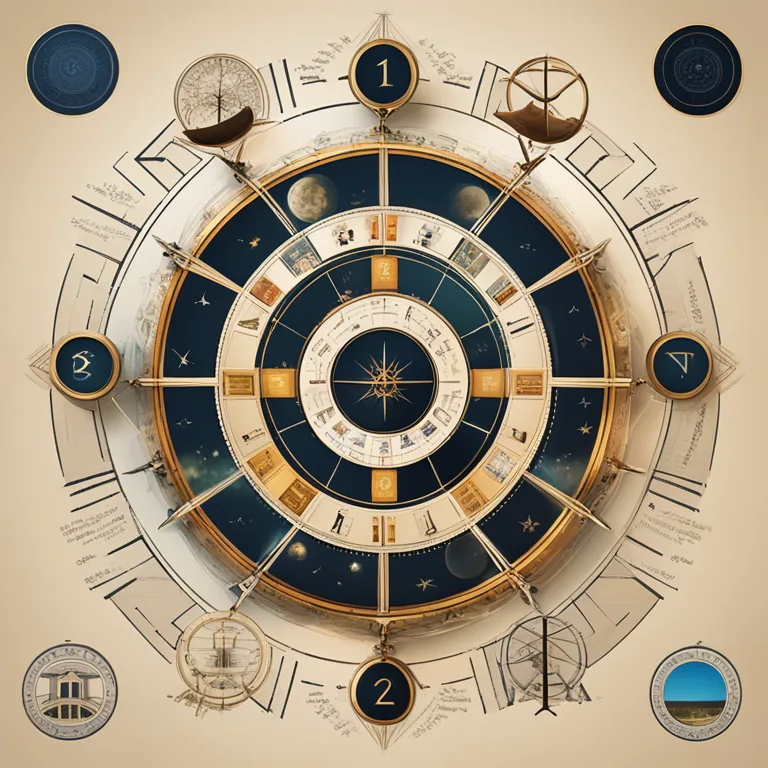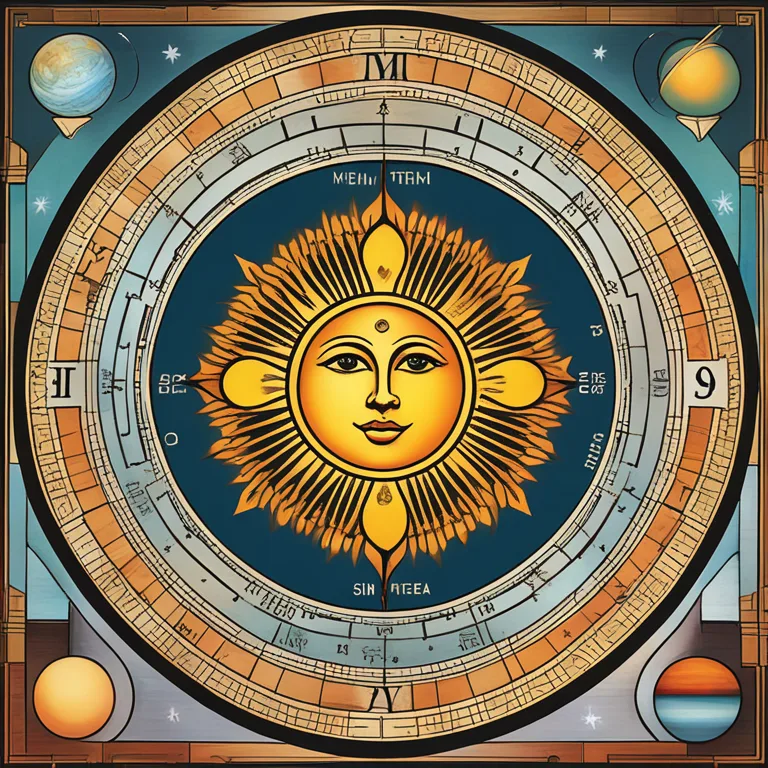
Your Birth Chart: A Step-by-Step Guide
Learn the basics of reading a birth chart wheel and discover insights into your astrological blueprint with our step-by-step guide.
article by Priya Deshmukh
Introduction to Birth Charts
A birth chart wheel, also known as a natal chart, is a snapshot of the cosmos at the time of your birth. It serves as an astrological blueprint of your personality, potential, and path in life. Reading a birth chart can provide profound insights into your character, challenges, and opportunities. In this article, we'll guide you through the fundamental components of a birth chart and how to interpret them to gain a deeper understanding of yourself or others as we move into 2024 and beyond.

The Zodiac Wheel and Houses
The birth chart wheel is divided into 12 segments, known as houses, which represent different areas of life. Starting from the eastern horizon, or Ascendant, each house aligns with a zodiac sign, initiates with the first house, and continues counter-clockwise. The first house is about personal identity, while subsequent houses cover aspects such as resources, communication, home, creativity, health, partnerships, transformation, philosophy, career, community, and spirituality. To read the birth chart, you'll begin by identifying which signs and planets reside in these houses.

Significance of Planets
Planets are celestial bodies that influence our experiences. When interpreting a birth chart, each planet's position reveals essential information. The Sun reflects your core essence, while the Moon governs emotions. Mercury dictates communication, Venus governs love and values, Mars drives actions, Jupiter expands growth, Saturn imposes structure, Uranus sparks innovation, Neptune blurs boundaries with dreams, and Pluto transforms. Observing which house a planet is located in can tell you where these energies manifest in your life.

Understanding the Aspects
Aspects are significant angles between planets in the birth chart, indicating how planetary energies interact. Conjunctions occur when planets are close together, amplifying their influence. Oppositions happen when planets are across from each other, creating a tug-of-war dynamic. Trines and sextiles are harmonious aspects offering flow and opportunity, while squares present challenges. These relationships between the planets color the astrological interpretation, adding layers to the birth chart's story.

The Role of Zodiac Signs
Zodiac signs provide a backdrop to the planets and houses, infusing them with characteristics and themes. A planet within a sign expresses its energy in the style of that sign. For instance, Mercury in Aries might communicate directly, while Mercury in Pisces might speak more intuitively. Alignments change as we progress through the years, so staying attuned to current planetary placements, like the upcoming Saturn in Aries of 2024, can offer updated insights into personal and collective cycles.
Putting It All Together
Interpreting a birth chart involves synthesizing the information from houses, planets, aspects, and signs. Begin with the Ascendant to understand the individual's approach to life. Next, examine the Sun and Moon to grasp core identity and emotional needs. Look at the 10th house for career insights and the 7th house for relationship dynamics. Identify any aspects for additional nuance. Over time, as you observe the interplay between these elements, patterns emerge, and your readings will become more nuanced and insightful.
Published: 12/27/2023
Modified: 12/27/2023
More predictions
Come back here soon to learn more about yourself and your future


Moon Phases Yoga: Aligning Body & Cosmos
Delve into Moon Phase Yoga and how it harmonizes your practice with the celestial energy of lunar cycles for spiritual and physical well-being.


Moon Phases: A Celestial Cycle
Discover the celestial mechanics behind the lunar phases, the cyclic dance that directs the moon's appearance in our night sky.


How to Track the Moon’s Phases
Discover simple methods to find out the current phase of the moon for insights into astrology and biorhythms.